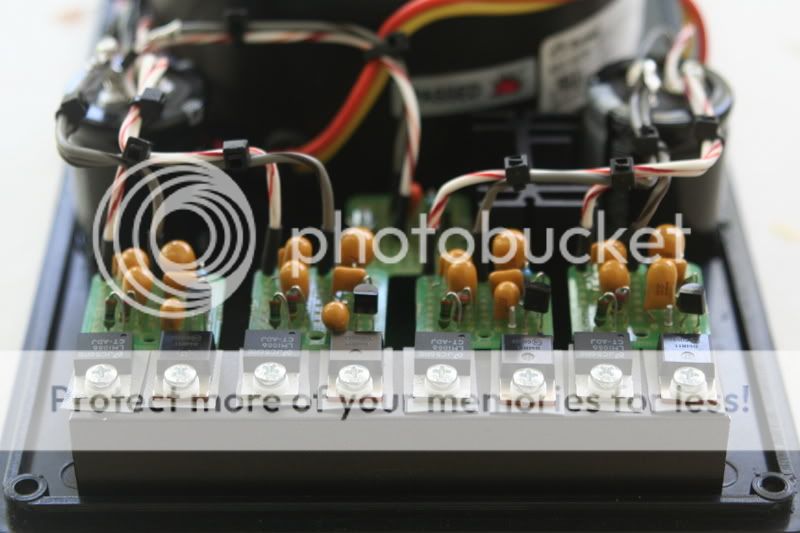Pulse Studio
TubeTech
Hi Teddy
Could you show a schemo of this circuit to include a 337 for a - rail ?? and also indicate values for +12 / -12 dual supply I would like to build this to compare to my SLA's in a noise test on our AP, would that be possible please.
Paul
Could you show a schemo of this circuit to include a 337 for a - rail ?? and also indicate values for +12 / -12 dual supply I would like to build this to compare to my SLA's in a noise test on our AP, would that be possible please.
Paul






